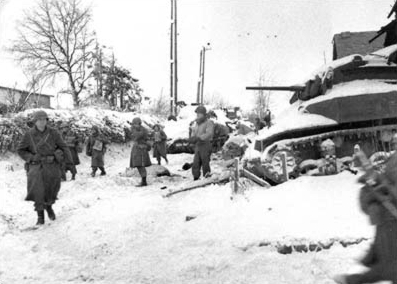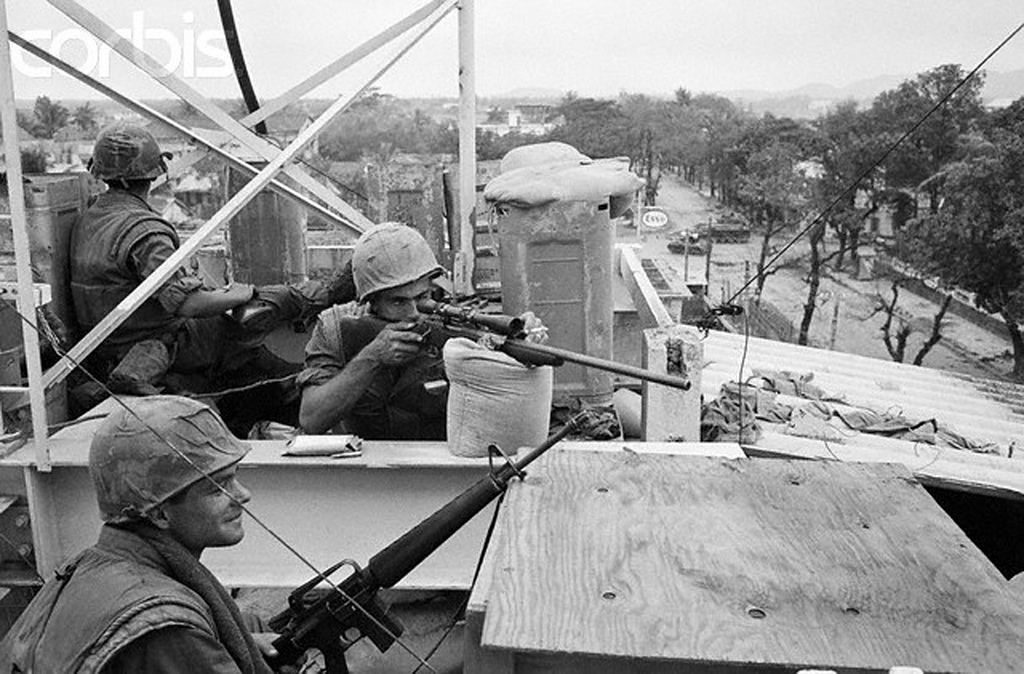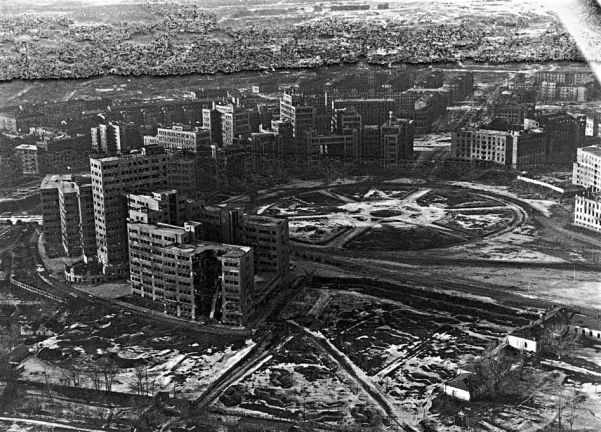Now, I don’t know what percent of German or Soviet tanks at Kursk were killed by other tanks, as opposed to antitank guns, mines, air attacks, infantry attacks, broken down, etc. The only real data we have on this is a report from the Soviet First Tank Army which states that 73% of their tanks were lost to AP shot.
Do not know what percent of the AP shots was fired from tanks vice towed AT guns. I would be tempted to guess half. So maybe 36% of the Soviet tanks destroyed was done by other tanks? This is a very rough guess. Suspect it may have been a lower percent with the Germans.
Still, it is natural to want to compare tank losses with tank losses. The Germans during the southern offensive at Kursk had 226 tanks destroyed and 1,310 damaged. This includes their self-propelled AT guns (their Marders).
The Soviet units during the southern offensive at Kursk had 1,379 tanks destroyed and 1,092 damaged. This includes their self-propelled AT guns, the SU-152s, SU-122s and the more common SU-76s. If I count SU-76s in the Soviet tank losses, then I probably should count the Marders in the German losses.
So….comparing total losses to total losses results in 1,536 German tanks damaged or destroyed versus 2,471 Soviet tanks damaged or destroyed. This is a 1-to-1.61 exchange ratio.
On the other hand, some people like to only compare total destroyed. This comes out to a rather lop-sided 1-to-6.10 exchange ratio.
A lot of sources out there compare only lost tanks to lost tanks. This provides, in my opinion, a very distorted figure of combat effectiveness or what is actually occurring out on the battlefield.
Added to this some sources have been known to remove German command tanks from their counts of strengths and losses, even though at this stage the majority of command tanks were armed. The Germans sometime don’t list them in their own daily reports. Of course, Soviet command tanks are always counted (which are armed). Some have been know to remove German Panzer IIs and other lighter tanks from their counts, even though at Kursk on 4 July, 23% of Soviet tanks were the lighter T-60s, T-70s and M-3 Stuarts (see page 1350 of my book). Many counts remove the German self-propelled AT guns from their counts, but not sure if they have also removed the Soviet SU-152, SU-122s and SU-76s from their counts. Finally, a number of counts remove German assault guns from their comparisons, even though at Kursk they were often used the same as their tank battalions and sometimes working with their tank battalions. They were also better armed and armored than some of their medium tanks. In the later part of 1943 and after, some German tank battalions were manned with assault guns, showing that the German army sometimes used them interchangeably. So there are a lot of counts out there on Kursk, but many of them concern me as they do not give the complete picture.









 Our
Our